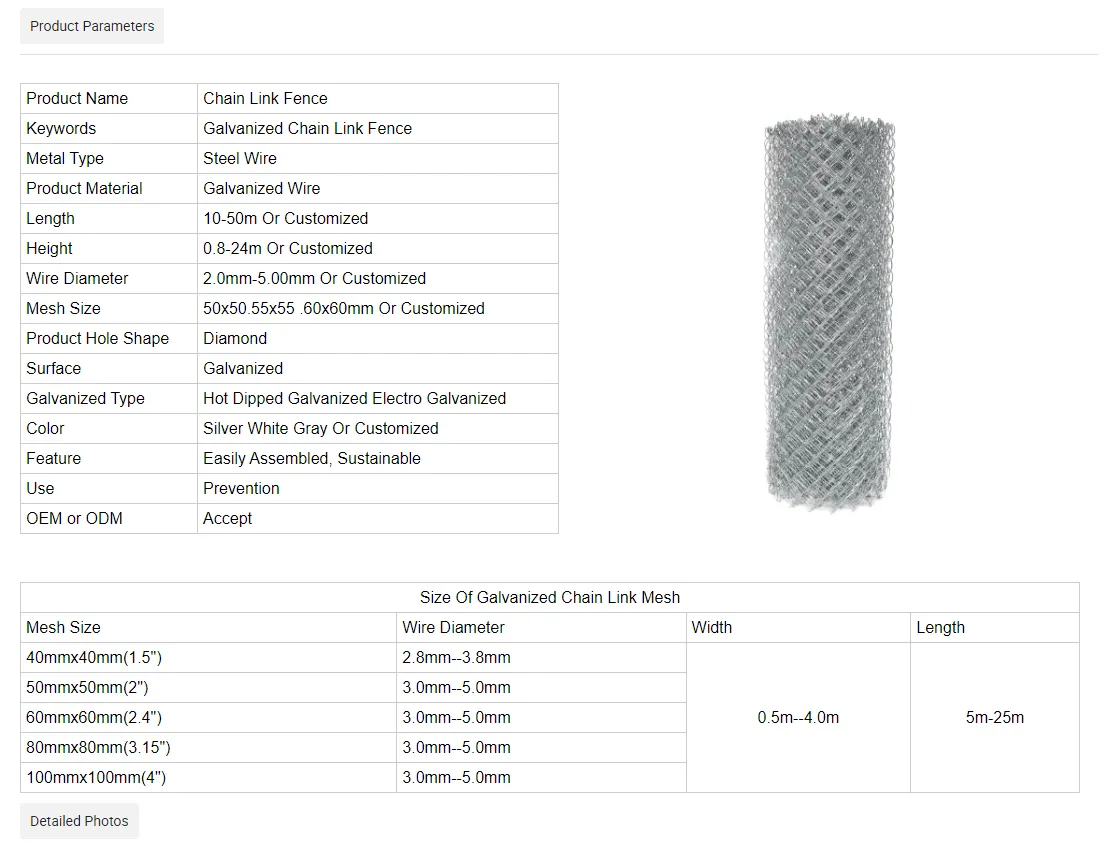The Importance of Climbing Plant Support Nets
In the world of gardening and landscaping, climbing plants hold a special place. Their ability to cover vertical spaces, create privacy, and enhance the beauty of outdoor areas is unparalleled. However, the success of these plants often depends on adequate support systems, such as climbing plant support nets. This article will delve into the significance of using support nets, the benefits they bring, and how to effectively implement them in your garden.
Understanding Climbing Plants
Climbing plants, or vines, are characterized by their growth habit. They naturally seek support as they grow, using various mechanisms such as twining, clinging, or attaching themselves to nearby structures. These plants can include species like ivy, clematis, wisteria, and many types of beans and peas. While these plants can thrive in diverse conditions, they often require additional support to flourish fully, which is where climbing plant support nets come into play.
The Need for Support
Climbing plant support nets serve several essential functions in the garden
1. Structural Stability Most climbing plants require physical support to grow upright and maintain a healthy shape. Without it, they may sprawl on the ground, leading to diseases, pest infestations, and stunted growth. Support nets offer a stable structure that promotes healthy climbing and ensures the plants receive adequate sunlight.
2. Space Utilization In urban environments where garden space is at a premium, climbing plants can be an excellent solution. Support nets allow plants to grow vertically, maximizing limited garden spaces. This not only beautifies the area but also provides privacy and shade.
3. Improved Air Circulation Properly supported climbing plants benefit from better air circulation, which is vital for preventing fungal diseases. By allowing plants to spread out on nets, gardeners can minimize humidity buildup around the leaves, promoting healthier foliage.
4. Ease of Maintenance Plants on support nets are easier to tend to than those sprawling on the ground. Gardeners can more easily prune, water, and harvest from climbing plants that are elevated and properly arranged.
Choosing the Right Support Net
When selecting a climbing plant support net, several factors must be considered
climbing plant support net

- Material Support nets come in various materials, including nylon, polypropylene, and biodegradable options. Durability and environmental impact should guide your choice. Natural materials, like jute or hemp, can blend seamlessly into the garden.
- Mesh Size The size of the mesh is crucial. Smaller mesh sizes are better for delicate plants, while larger mesh can accommodate thicker stems. Assess the type of climbing plant you wish to support before selecting the net.
- Height and Strength Depending on your climbing plants, the height and strength of the net will vary. Ensure the net can withstand the weight and growth of the plants you choose.
Installing Climbing Plant Support Nets
Installing climbing plant support nets is a straightforward process
1. Choose the Location Identify where you want the climbing plants to grow. Consider sunlight, proximity to other plants, and your aesthetic goals.
2. Secure the Net Attach the net to sturdy supports, such as fences, trellises, or pole systems. Ensure the structure is stable and can handle the weight of the plants as they grow.
3. Train the Plants As your climbing plants start to grow, gently train them to climb the net. This may involve guiding the stems through the mesh and ensuring they remain upright.
4. Regular Maintenance Keeping your climbing plants healthy requires regular maintenance. Monitor their growth, adjust the net as necessary, and prune any overzealous tendrils to maintain a neat appearance.
Conclusion
Climbing plant support nets are an invaluable tool for any gardener looking to enhance their outdoor space. By providing the necessary support for climbing plants, these nets offer structural stability, make better use of space, improve air circulation, and facilitate maintenance. With the right net and effective installation, you can transform your garden into a vibrant and lush vertical landscape that brings both beauty and functionality. Embrace the potential of climbing plants and discover how support nets can create a thriving, dynamic garden environment.
-
Why Galvanized Trench Cover Steel Grating Resists Corrosion
NewsJul.10,2025
-
The Versatility and Strength of Stainless Expanded Metal Mesh
NewsJul.10,2025
-
Load Calculations in Steel Grating Platforms
NewsJul.10,2025
-
Keeping Pets and Kids Safe with Chicken Wire Deck Railing
NewsJul.10,2025
-
Hole Diameter and Pitch for Round Perforated Metal Sheets
NewsJul.10,2025
-
Aluminium Diamond Mesh in Modern Architecture
NewsJul.10,2025
Subscribe now!
Stay up to date with the latest on Fry Steeland industry news.

